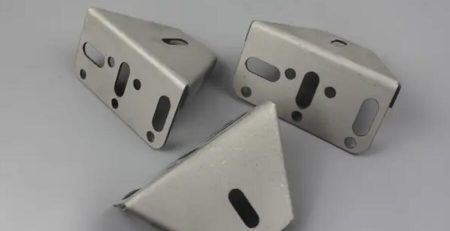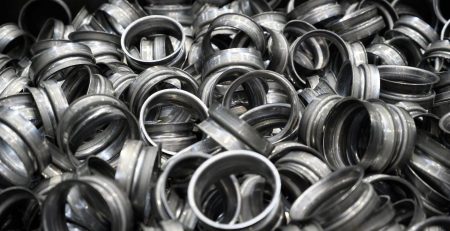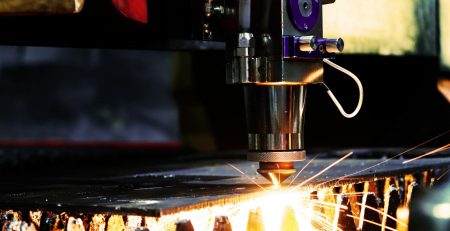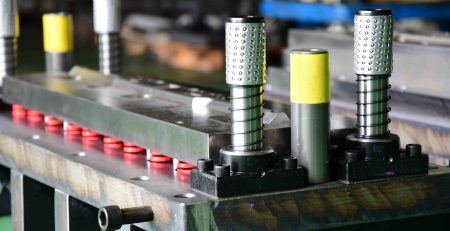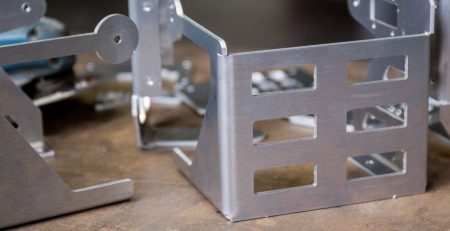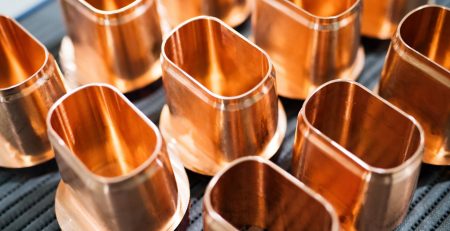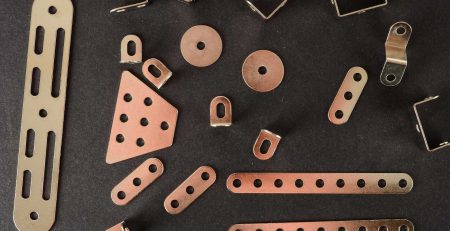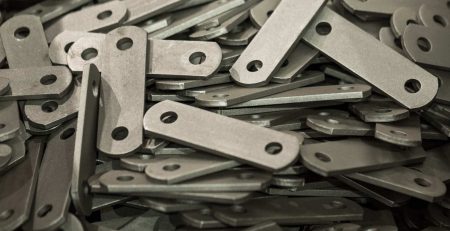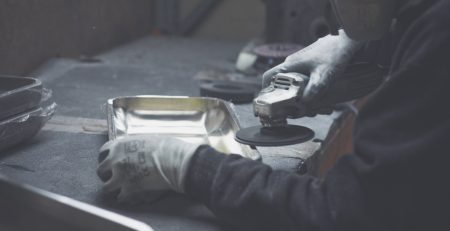The Art of Custom Metal Fabrications by Expert Metal Fabricators
Introduction
Custom metal fabrications have taken on significant importance across a wide range of sectors in the world of contemporary engineering and design. Aesthetics, utility, and creativity are all combined in these custom designs made by expert metal fabricators to create one-of-a-kind solutions. Steel stands out as a versatile material that offers strength, durability, and countless design options among the numerous metals used for bespoke fabrications. This article digs deep into the realm of bespoke metal fabrications, examining the function of metal fabricators, the complexities of steel fabrication, and the almost limitless possibility for innovation in this specialized industry.
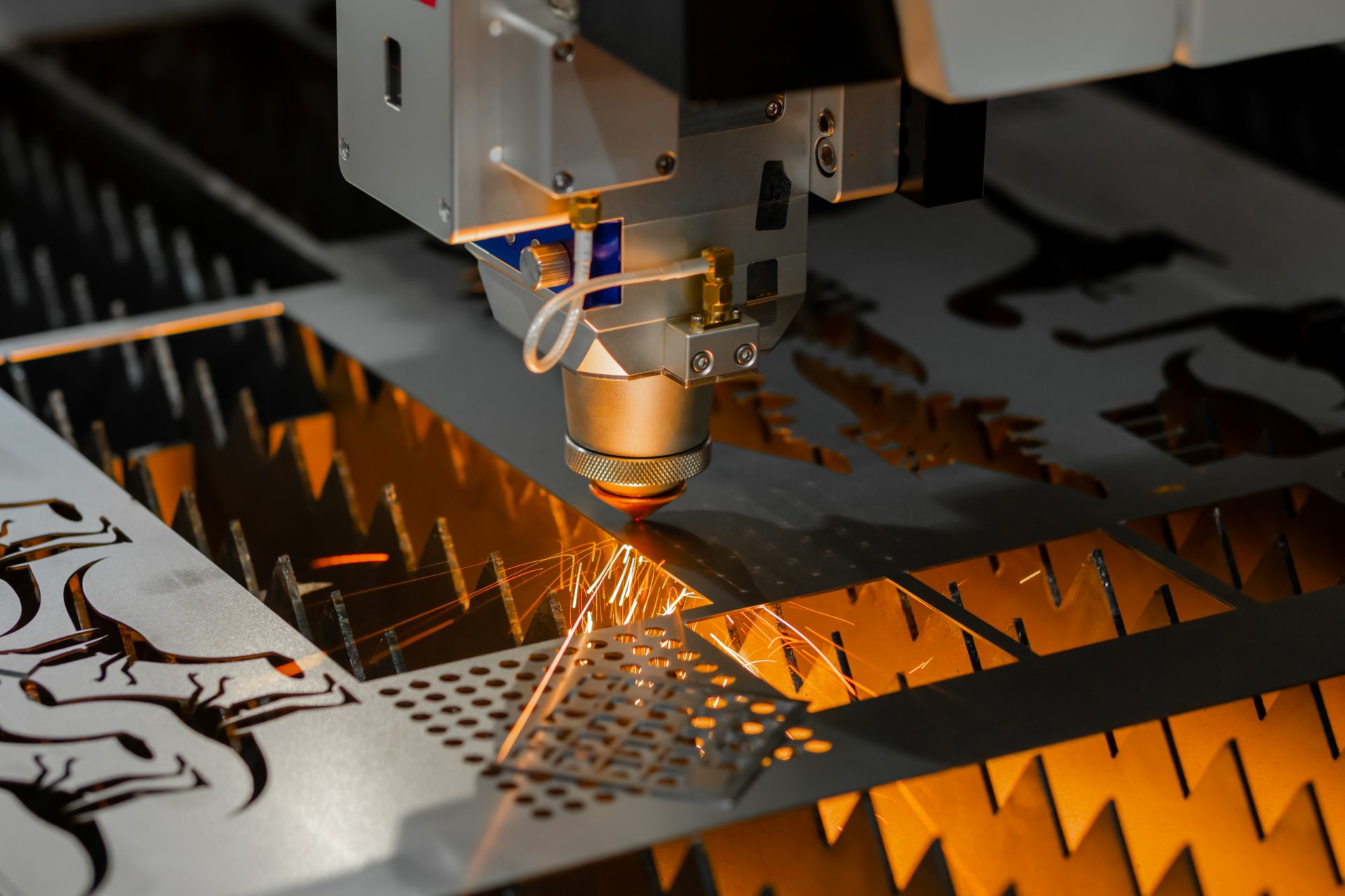
The Role of Metal Fabricators
To design and complete unique metal fabrications, metal fabricators are essential. These talented craftsmen are well-versed in manufacturing methods, have a thorough grasp of metals, and can operate fine machinery and tools. They work closely with customers and apply their knowledge to turn raw materials into metal constructions that are both practical and visually beautiful. A successful custom metal fabrication starts with thorough initial consultations and design conversations, which provide metal fabricators with an understanding of their client’s goals, needs, and limitations. They use creativity, craftsmanship, and problem-solving abilities to bring concepts to reality and make sure the finished result meets the client’s expectations. Their duty goes beyond fabrication since they frequently offer advice and recommendations based on their knowledge to improve functionality and optimize designs. Metal fabricators, who inject creativity and technical know-how into every project, are essentially the driving force behind the development of distinctive and custom metal structures.
The Art of Collaboration
The ability to work together with clients and metal fabricators effectively is essential to the success of bespoke metal fabrications, which depend on these skills. Metal fabricators establish the foundation for fruitful cooperation by openly communicating with their clients to fully comprehend their goals, needs, and limitations. Fabricators may better match their technical know-how with the client’s artistic aims through collaboration, resulting in a final product that meets both the client’s aesthetic and functional requirements. The fabricators’ experience, expertise, and understanding of materials and processes are drawn upon throughout this collaborative process, which also involves active listening, idea sharing, and the provision of priceless insights. Fabricators frequently provide ideas and suggestions to improve designs, strengthen structural integrity, and achieve cost-effectiveness. The art of cooperation extends throughout the whole production process, not just during the first discussions. A final product that not only meets but surpasses the client’s expectations is produced as a consequence of regular updates, progress reports, and feedback sessions that develop a feeling of mutual understanding and trust. Ultimately, the art of cooperation enriches bespoke metal fabrications by fusing the distinctive viewpoints and knowledge of fabricators and customers.
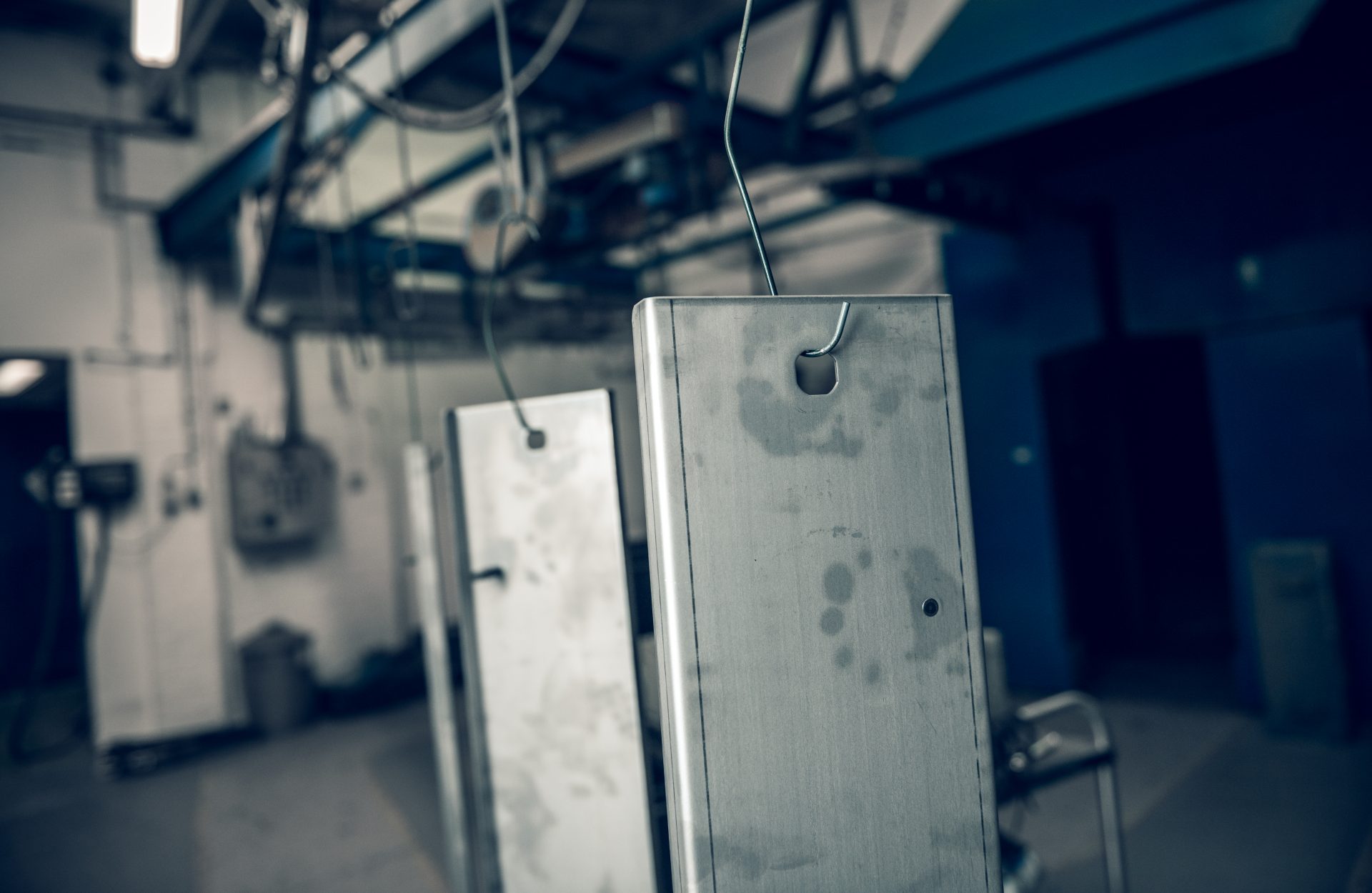
Steel Fabrication techniques
By using the adaptability and strength of steel, steel fabrication is a transformational process that produces a broad variety of structures and components.
Steel’s Seduction
Due to its exceptional characteristics, steel is a preferred material in the world of custom metal fabrications. Steel has a great deal of versatility, enabling fabricators to create complex shapes and structures while keeping the final product’s strength.
Construction Methods for Steel
Various processes are used in the manufacturing of steel. Metal fabricators use cutting-edge tools and equipment to handle steel and realize ideas. In the process of manufacturing, appropriate tools and software-related designs are used. Utilizing these methods, metal fabricators can produce intricate and one-of-a-kind metal structures that meet the demands of certain customers.
Using Steel Fabrication for Various Purposes
Architecture, construction, automotive, aerospace, and interior design are just a few of the areas where steel fabrications are used. Steel fabrications offer unmatched strength and aesthetic appeal for a variety of structurally complex tasks, such as elaborate artistic displays and large-scale construction projects like bridges and skyscrapers.
Using Personalized Metal Fabrications to Free the Mind
With the help of expert craftspeople, simple concepts may be turned into enthralling works of art via the use of custom metal fabrications, which provides a singular platform for creativity and self-expression. Metal fabricators push the limits of traditional designs with their knowledge and creative thinking, creating magnificent and aesthetically arresting sculptures. The following main points demonstrate how imagination is essential in the creation of bespoke metalwork:
Integrating aesthetics and functionality
Buildings that combine functionality using design appeal in a manner that is simultaneously both beautiful and useful may be produced with the help of customized metal fabrications. The structural integrity of a work must be balanced with its aesthetic appeal, as metal fabricators are well aware of. To improve the overall aesthetics of the production, they include creative aspects such as elaborate patterns, ornamental accents, and distinctive textures in their designs.
Customized Designs for Individualization
Custom metal fabrications provide several important benefits, one of which is the flexibility to adapt designs to specific tastes. Metal fabricators collaborate closely with customers, learning about their unique needs and implementing their suggestions into the fabrication procedure. Thanks to this partnership, each artwork is guaranteed to be distinctive and personalized, expressing the client’s taste and vision. The finished product, whether it be a gate with a personalized design, a beautiful railing, or a sculptural piece, reflects the client’s individuality and leaves a lasting impact.
Approaching Collaboration
The cooperative relationship between metal fabricators and their customers is a critical factor in fostering innovation. Fabricators regularly converse with customers to learn about their preferences, design concepts, and planned applications for fabrication. Fabricators may add their creative experience and technical knowledge to the project by communicating clearly and working towards a common goal. The final result will surpass the client’s expectations thanks to the constant flow of ideas, suggestions, and improvements during fabrication.
Standards for safety and quality assurance
It is quite essential to guarantee the safety and caliber of custom metal fabrications. To create products that meet or exceed industry rules, metal fabricators follow strict quality control procedures and safety guidelines. The dependability and lifespan of manufactured metal structures are influenced by meticulous inspection, stringent testing, and adherence to international standards.
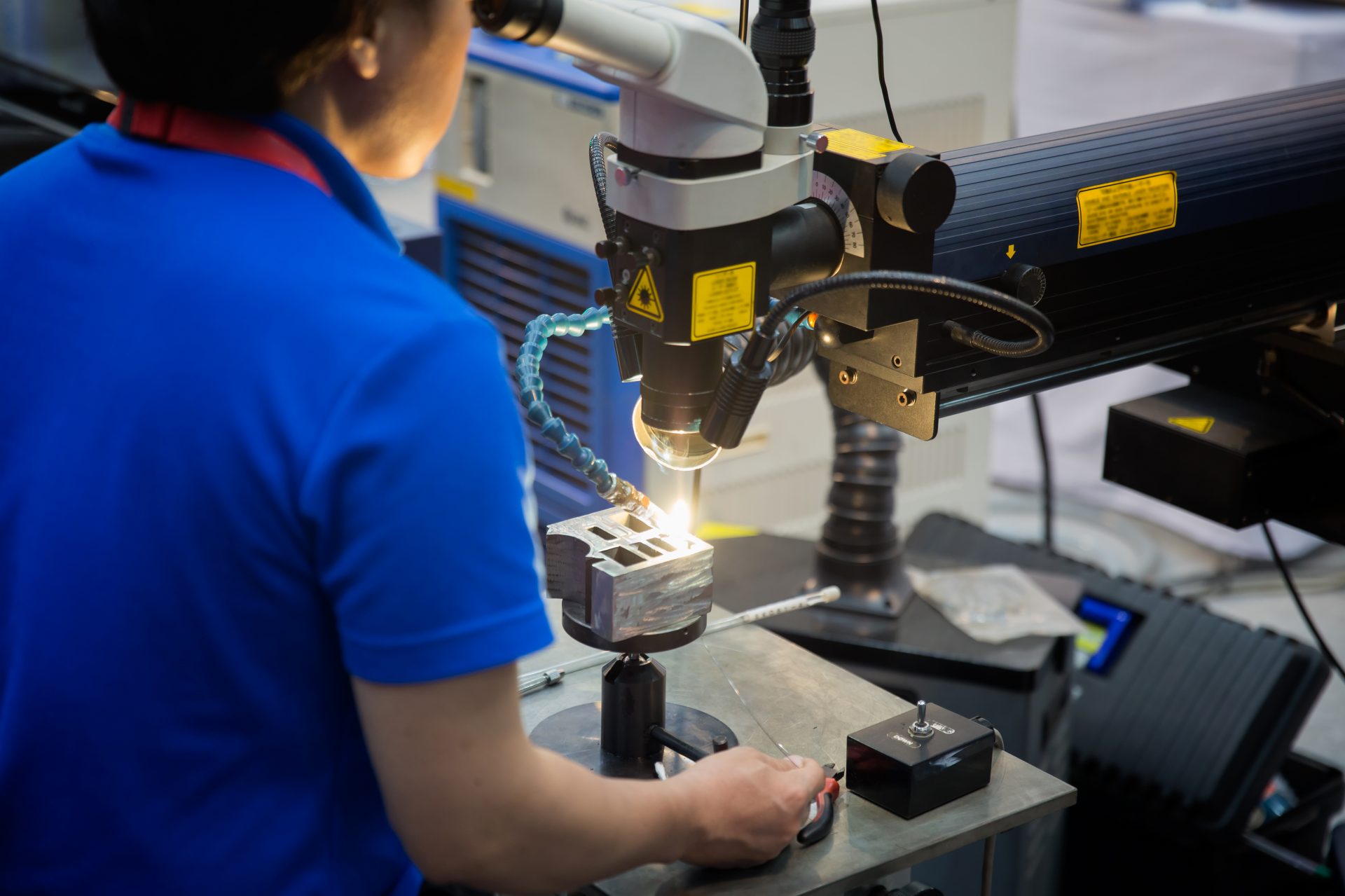
Conclusion
The ideal synthesis of innovation, engineering, and art may be found in custom metal fabrications. The options for designing custom metal structures are virtually endless because of metal fabricators’ skill and the steel construction’s adaptability. Custom metal fabrications have a lasting impact on a variety of sectors, from elaborate artistic pieces to enormous building projects. We can anticipate this specialized industry to embrace novel opportunities and redraw the lines between creativity and innovation in the field of metal production as technology develops.

